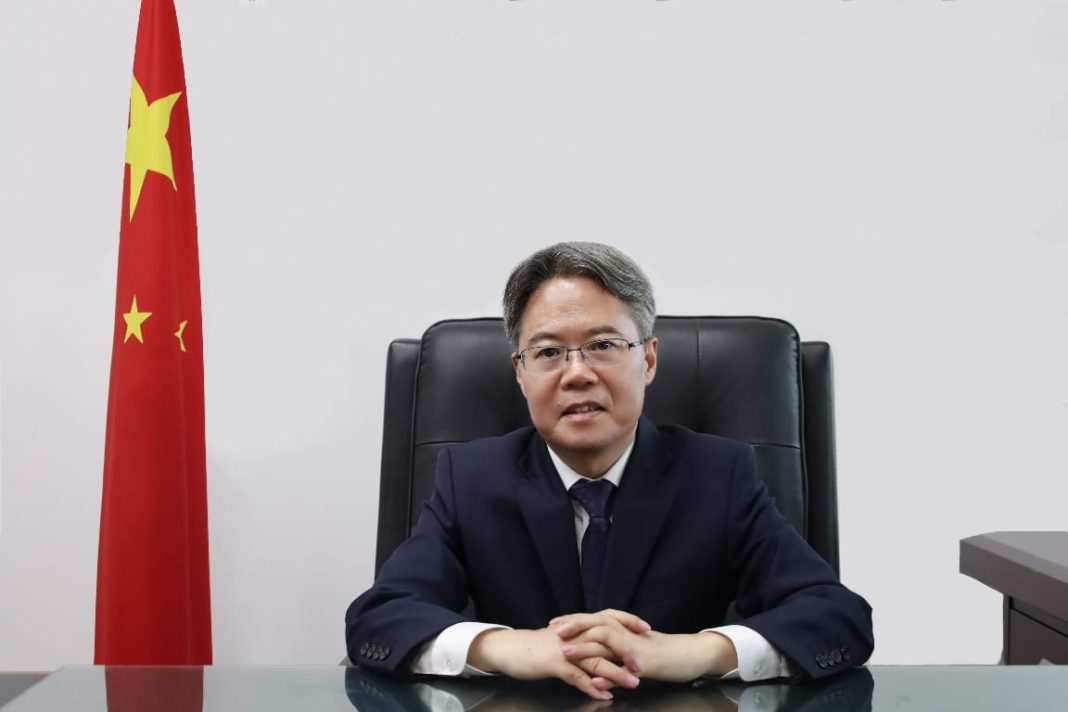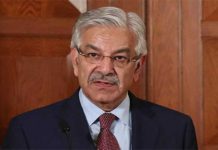By H.E Jiang Zaidong
(Chinese Ambassador to Pakistan)
In recent months, the term “new quality productive forces” has sparked intense discussions both in China and globally. The concept was first put forward by President Xi Jinping during his inspection tour in China’s northeast Heilongjiang Province in September 2023, emphasizing the integration of scientific and technological innovation resources to lead the development of strategic emerging industries and future-oriented industries, so as to accelerate the formation of new quality productive forces.
As President Xi Jinping pointed out, new quality productive forces are characterized by innovation; the key lies in high quality, the essence is advanced productivity. Among all factors, sci-tech innovation plays a leading role and is the core element in the development of new quality productive forces. Facing a new wave of technological revolution and industrial transformation, it is crucial to seize opportunities, intensify and invigorate innovation efforts, transform and upgrade traditional industries, cultivate and strengthen emerging industries, and with a visionary approach lay out the construction of future-oriented industries, and refine the modernized industrial system.
Currently, the Chinese government is promoting high-quality development with great efforts, with new quality productive forces already taking shape and robustly propelling high-quality development in practise. Despite the extremely complex international environment, China’s economy has generally rebounded and improved. We have achieved significant progress in building a modernized industrial system, new breakthroughs in sci-tech innovation, deepened reform and opening up, consolidated and strengthened foundation for secure development, steady improvement in environment and substantial well-being of the people.
In 2023, China’s Gross Domestic Product (GDP) exceeded 126 trillion yuan ($17.51 trillion). The growth rate of 5.2% met our target and ranked high among world’s major economies, contributing to 30% of the growth of the global economy. The year 2024 marks the 75th anniversary of the founding of the People’s Republic of China.
The target for this year’s GDP growth rate is around 5%, with the primary task to vigorously promote the building of a modernized industrial system and accelerate the development of new quality productive forces. There is no doubt that it will benefit the improvement of the total factor productivity, constantly shape new momentum and advantages for development, promote a new leap in productivity, and sustain the continuous high-quality growth of China’s economy, bringing new opportunities to countries around the world, in particular to our iron-clad friend Pakistan.
Pakistan boasts a strategic geographical location, significant demographic dividend, and abundant natural resources, which provide uniquely advantageous conditions for development.
The Pakistani government’s “5Es” framework, pillared by growth, security, reform, livelihood, innovation, productivity and connectivity, not only meets Pakistan’s current development needs, but also chimes with China’s approach of promoting high-quality development through new productive forces. As all-weather strategic cooperative partners, our pragmatic bilateral cooperation under the main framework of the China-Pakistan Economic Corridor (CPEC) will yield more fruitful results. The achievements of CPEC Phase One have provided crucial support for Pakistan’s economic and social development, including early gains made in cooperation in fields of renewable energy, information technology and biotechnology. Up to now, China has helped Pakistan build four wind farms, one hydropower plant and one solar power station, with two more hydropower stations under construction.
The steady supply of clean energy helps maintain Pakistan’s energy security. Chinese enterprises have also built the project of Lahore Safe City, employing technology to greatly enhance police response efficiency and reduce traffic violations by 40%.
The establishment of a buffalo embryo laboratory by Chinese company in Pakistan with an annual production capacity of 30,000 embryos has empowered agricultural cooperation between our two countries.
As CPEC enters Phase Two, both sides will seize the opportunity of jointly building an upgraded version of the corridor with high standards, to turn Pakistan’s unique advantages into development momentum and help Pakistan achieve self-reliance and sustainable development. Moreover, with the orderly formation of the new government, Pakistan is initiating reforms across the board, committed to breaking new ground for national development. China stands ready to work with Pakistan to implement the important consensus reached by the leaders of both countries, meet each other halfway and forge ahead hand in hand, promote the integration of CPEC’s “Five Corridors” (5Cs), namely corridors of growth, livelihood enhancement, innovation, greenness and openness, and Pakistan’s “5Es” framework, to build an even closer China-Pakistan community with a shared future in the new era, and jointly open up a bright future of peace, development and win-win cooperation.






